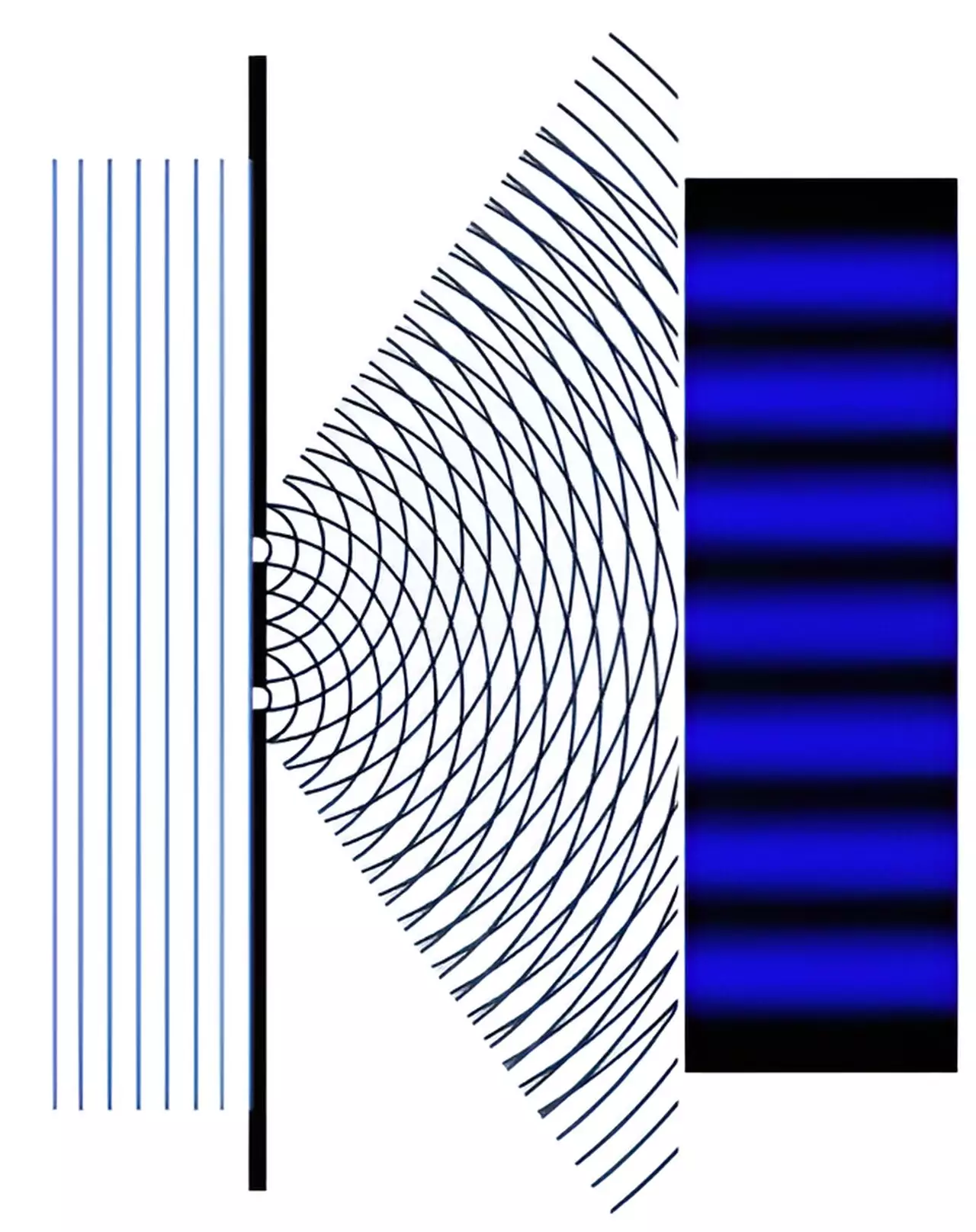Quantum computing represents a paradigm shift in how we process information, transitioning from classical bits to quantum bits, or qubits. Traditional computational models rely on binary states, where each bit is either a 0 or a 1. In contrast, qubits can exist in multiple states simultaneously, thanks to the principles of superposition and entanglement. This inherent complexity allows quantum computers to solve complex problems much faster than their classical counterparts. However, the realization of practical quantum computers has remained elusive, predominantly due to issues surrounding qubit stability and error rates.
Theoretical Foundations of Topological Quantum Computing
Topological quantum computing is a theoretical framework that aims to harness the unique properties of certain quasiparticles, which are thought to be resilient to environmental disturbances. The core concept revolves around topological qubits, which are designed to be less susceptible to errors compared to conventional qubits. These qubits rely on the braiding of non-Abelian anyons—exotic quasiparticles thought to hold the potential for stable quantum information processing.
Despite promising theoretical foundations, the major hurdle lies in the production and manipulation of these topological qubits. Recent explorations in nanotechnology, particularly in nanoelectronic circuits, have opened new avenues for research, fostering hope that these elusive entities could be realized in practice.
The Discovery of Split-Electrons
Recent investigations, notably from a collaborative research effort led by Professor Andrew Mitchell at University College Dublin and Dr. Sudeshna Sen from the Indian Institute of Technology, have introduced a groundbreaking concept: split-electrons. Within the confined scale of nanoelectronic circuits, where dimensions shrink to mere nanometers, the interference between electrons can reshape their properties dramatically. This means that, under specific conditions, electrons can exhibit behaviors that suggest they have been effectively split into two distinct entities.
This phenomenon of electron splitting stems from the quantum interference that occurs within narrow pathways of conductive materials. When electrons are positioned close enough to one another, they repel each other, altering the interference patterns and enabling behaviors reminiscent of Majorana fermions—particles theorized almost a century ago but not yet isolated in practice.
The significance of Majorana fermions cannot be overstated. As potential building blocks of topological qubits, they present an exciting opportunity for advancing quantum computing technologies. Their unique properties may lead to fault-tolerant qubit designs, capable of preserving quantum information against errors arising from external influences such as temperature fluctuations and electromagnetic interference.
According to Professor Mitchell, the ability to produce and control Majorana fermions in nanoelectronic devices could signify a considerable leap toward practical topological quantum computers. The research team’s findings illustrate how the delicate balance of quantum interference in electronic circuits can facilitate the manifestation of these exotic particles, paving the way for new types of quantum technologies.
While the discovery of split-electrons and the potential to create Majorana fermions is promising, numerous challenges remain in translating these theoretical advancements into concrete applications. First and foremost is the challenge of reproducibly generating these particles in laboratory conditions. Experimental attempts have been made, but verifying the presence of Majoranas through direct measurement is a significant hurdle.
Moreover, the practical integration of these components into functional quantum circuits must be carefully considered. The path from theoretical conception to reliable application in quantum hardware involves extensive research and development. This includes addressing materials science concerns, optimizing circuit designs, and creating robust algorithms capable of leveraging the advantages of topological quantum computing.
The journey toward realizing topological quantum computers is still in its nascent stages. The work led by Mitchell and Sen stands as a testament to the intriguing potential of quantum physics as we push the boundaries of knowledge in nano-scale electronics. Their research aligns with a broader global effort to unravel the mysteries of quantum mechanics for practical use in advanced computational technologies.
As scientists continue to explore the quantum realm, the hope remains that breakthroughs in creating stable qubits will eventually lead to powerful quantum computers. These technologies promise to revolutionize various fields, including cryptography, optimization, and complex modeling of physical systems. The path forward may be fraught with challenges, but the extraordinary implications of these future advancements justify the pursuit. The vision of a topological quantum computer, a bastion of stability and power, draws ever closer on the horizon.


Leave a Reply